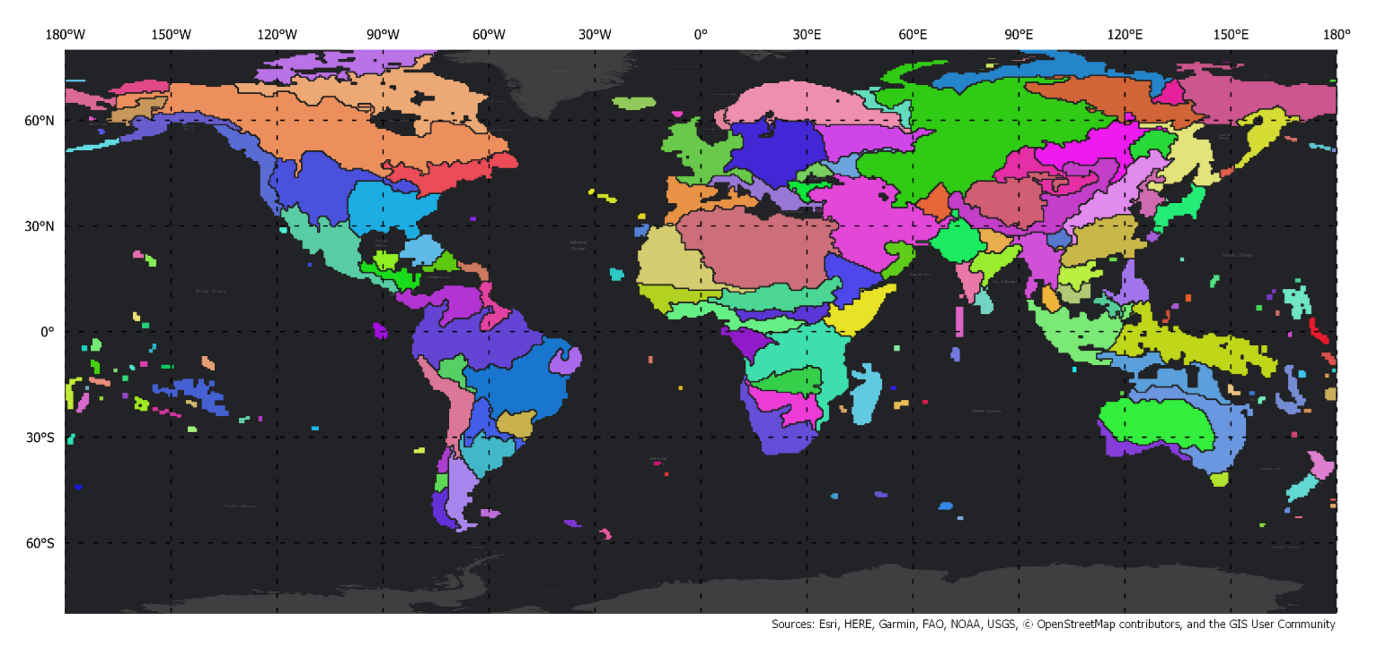Please note that in the context of WorldCereal Phase II, both crop calendars and agro-ecological zones (AEZ) will receive a major update. Below, we summarize the state of the calendars and AEZ at the end of WorldCereal Phase I. These have been used as input to generate the WorldCereal 2021 global products.
Global calendars for maize and wheat
Agriculture is dynamic in nature with different crops being grown in different seasons throughout the year depending on local growing conditions. A global crop-mapping system should therefore include a definition of growing seasons that reflect regional patterns. This is particularly challenging in equatorial areas that exhibit no clear winter–summer seasonality and are often characterized by multiple growing seasons in a calendar year. To tackle this complexity, the WorldCereal team developed gridded global crop calendars at 0.5◦ resolution for maize and wheat, leveraging the main existing global crop calendar products (mainly GEOGLAM Crop Monitor, USDA-FAS, FAO and JRC’s ASAP). Crop calendars were simulated in those areas not covered by any of these existing layers. The crop calendars consist of one major cereals season and up to two maize seasons. Spring cereals grown at northern latitudes generally exhibit the same seasonality as maize in those regions and are therefore not characterized by a separate growing season.
Detailed information on how the crop calendars have been generated, can be retrieved in this publication.
Agro-ecological zones
The resulting crop calendars were used to stratify the globe into agro-ecological zones (AEZ; see figure) with similar maize and wheat growing seasons, and form the basis for tasking the WorldCereal system to generate the products. The resulting AEZ layer can be downloaded separately through our Zenodo repository or through Google Earth Engine.

